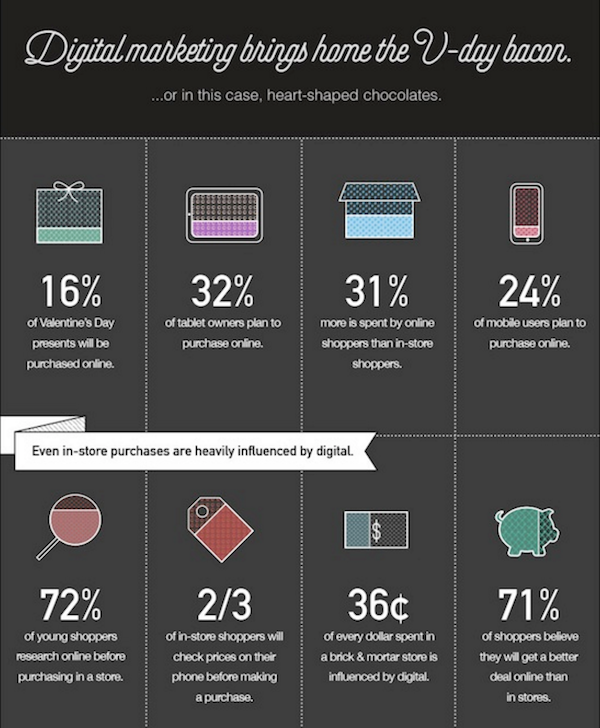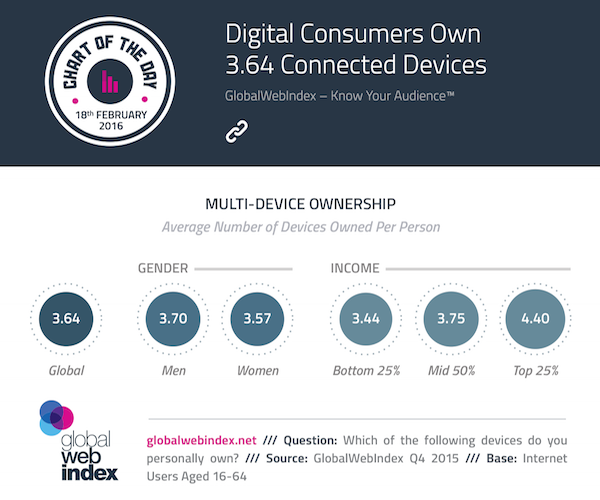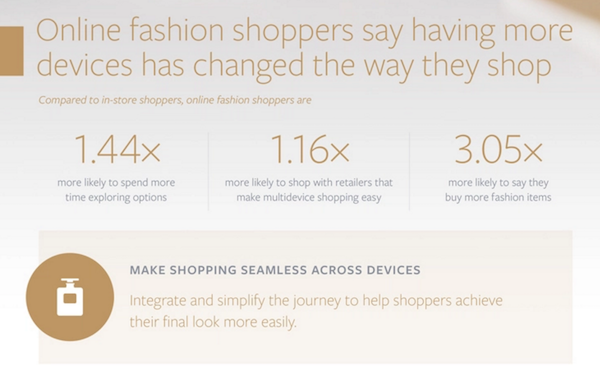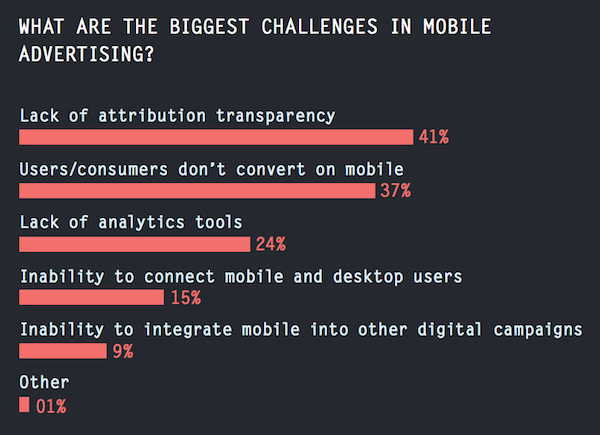
Get your FREE 30-day trial.
Please complete all fields.
Retailers have become digital advertising’s best customer. This is likely because of the opportunities that exist on platforms, like Facebook and Twitter, to make a customer’s purchase experience easier and more efficient. In addition, the rise of multiple devices and connectivity make mobile advertising a no-brainer. This year, Valentine’s Day shoppers reached higher than ever online engagement, and even those offline shopping were active on digital during some point in their purchase journey.
It can’t be disputed that Valentine’s Day has become a major event for retailers, this year increasing $1.6 billion in spend from just last year, showing a clear shift in buying behavior towards online purchasing. Today, 32% of tablet owners and 24% of mobile users plan to purchase V-Day gifts online, and these online shoppers spend 31% more on the holiday than offline shoppers. Even amongst offline shoppers, 72% of young shoppers research their in-store purchases online before purchasing, and 71% believe they could find a better deal online. This digital trend is not just happening on Valentine’s day and is instead a piece of a much larger trend happening in the retail industry today.
As an advertiser, you need to focus on digital advertising because it is where shoppers are clearly spending their time and money. Mobile devices have been widely adopted by consumers all over the globe, carried with the consumer everywhere they go. So, the best thing you can do in your next campaign is make sure you’re reaching those on-the-go shoppers when and where they need you.

Digital shoppers own more and more devices per person than ever before. Globally, the number of devices per person has reached 3.64 as of February 2016 according to GlobalWebIndex. Even the lowest income bracket comes up around 3.44 devices per person, with the top 25% income population at 4.40 devices. As with online shoppers this Valentine’s Day, consumers everywhere are taking advantage of the opportunities that exist on these devices that make the shopping experience more efficient and accessible. Today, online shoppers are 3.05x more likely to say they buy more retail items than offline. In addition, online shoppers are 1.44x more likely to spend more time exploring options and 1.16x more likely to shop with retailers that make multi-device shopping easy. Advertisers can use Facebook, Twitter, and Instagram to engage with these multi-device shoppers throughout their path to purchase, offering information, promotions, and much more to make their experience as easy and enjoyable as possible.


Like everything, digital advertising, specifically mobile, has its challenges, as reported in a recent survey of Marketers by AdRoll. The good news is platforms like Facebook and Twitter can help advertisers tackle these challenges. A perceived lack of attribution transparency is helped by Facebook and Twitter helping you track conversions and attribution on your ads across platforms. Facebook Lead Ads are meant to convert mobile users to customers to produce real leads right within the mobile app. These platform can also help you connect mobile and desktop campaigns using cross-platform advertising.

To learn more about the opportunities that exist on Facebook with mobile, download our whitepaper!